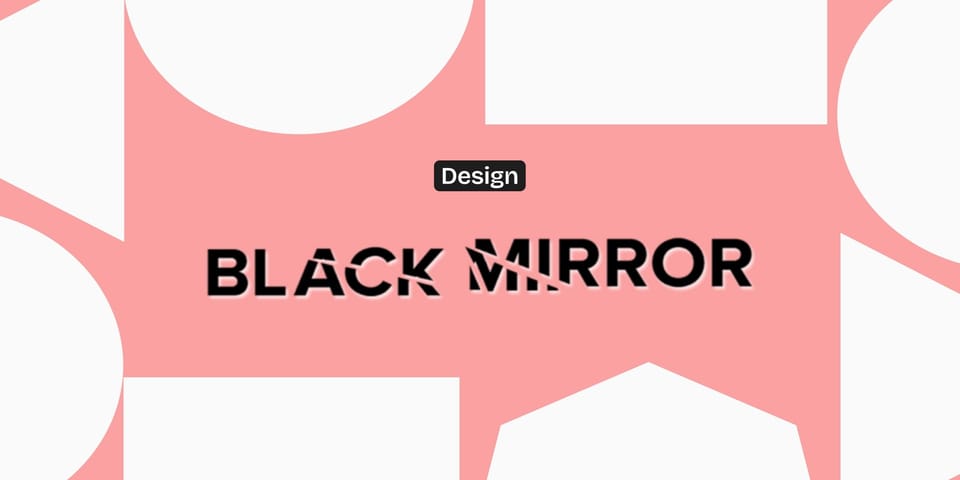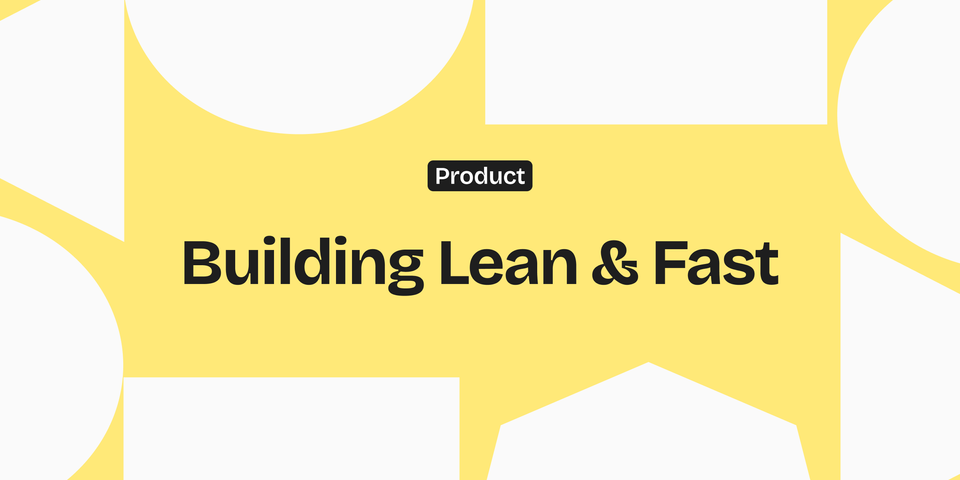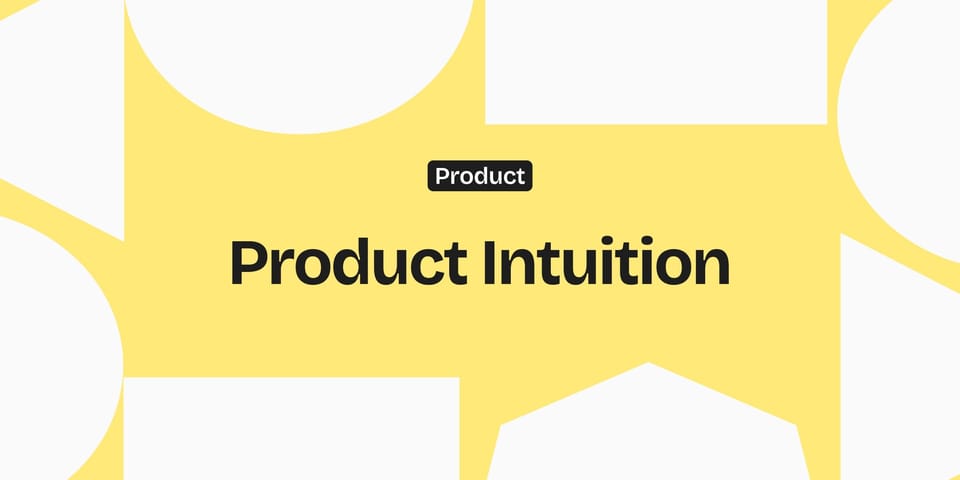Balance by Design
Every product has invisible thresholds set points that quietly define what "normal" looks like. Miss them, and things break. PMs must learn to design with those baselines in mind, not against them.

In biology, homeostasis is the tendency of systems to seek balance - regulating temperature, hydration, blood sugar, or body temperature to keep everything functioning. If your body gets too hot, you sweat. If blood sugar drops, you get hungry. These are invisible checks constantly happening in the background to protect your system.
Products are no different.
Every system you build has invisible set points. Latency budgets. Conversion drop-off cliffs. Session frequency baselines. Churn tolerances. Trust thresholds.
These aren't just numbers on a dashboard. They're how your product survives.
Back at Gojek, we saw this in action when food delivery operations scaled aggressively during peak hours. We had days where some areas spiked in delays. Even if the overall completion rate was high, we noticed that users who had two failed orders in a row almost always churned. It wasn't just about the failure it was about violating an invisible trust threshold. Once broken, it rarely recovered.
A social platform might need a DAU/MAU ratio above 30% to feel alive.
A checkout flow might drop 40% of users if you add even one extra click.
These are homeostatic markers.
Break them, and your product begins to feel off. Users disengage. Metrics wobble. Growth stalls.
Too many PMs ignore this. They push features that spike metrics short-term but erode systemic balance. They optimize activation without seeing what it does to retention. Or add monetization nudges without watching how it impacts trust.
Instead, treat your product like a living system. Before you launch something, ask:
- What's the baseline we're touching?
- What's our tolerance band before users notice?
- If this spikes a number, what does it suppress?
Designing for homeostasis means understanding not just what changes, but what must stay stable for the system to thrive.
Real-World Examples
1. Score Latency During IPL
Users had gotten used to a rhythm. If scores delayed even by a couple seconds, we saw usage drop. It wasn't a technical outage - it was a broken expectation. And when that happens during something like the IPL, people don't complain, they just switch apps.
2. Checkout Flow Friction
We didn't realize how sensitive checkout flow was until we added one extra step for verification in an RMG application. The fallout was immediate. 40% conversions dropped. The rhythm broke. That one added tap felt like friction - not because it was hard, but because it disrupted what users had come to expect.
3. Instagram Reels Shifted the Core Loop
Reels undeniably boosted engagement. But it also pulled attention away from the core value of Instagram: "connection". Posts from friends became harder to find. Stories felt less central. The feed became endless scroll. That shift altered the emotional baseline Instagram had with its users. It made the product stickier, yes, but also more isolating.
4. Swiggy Fatigue
At some point, Swiggy crossed a line - not in functionality, but in feel. Too many hidden fees. Coupons that didn't work. What used to feel effortless started feeling like a negotiation. So now I feel easier asking my cook.
In each case, teams made trade-offs - often for growth or engagement - but at the cost of stability. The product changed, but the system wobbled.
If you're a PM reading this, your job isn't just to ship features.
It's to keep the system healthy. That means tuning into the product's natural rhythm knowing when something's off even before the dashboard screams.
Growth is good. But sustainable growth respects the organism. It tweaks, tests, and respects boundaries. Because when you push too far beyond homeostasis, you don't just change the product.
You break the loop that made the product feel reliable in the first place.
Good PMs spot breakage after the fact.
Great ones learn to spot the baseline before it's crossed.
So take a breath. Zoom out. Ask yourself: what does your product rely on to feel stable? What's the one lever you can't afford to mess with? Find that. Build around it.
That's balance by design.




